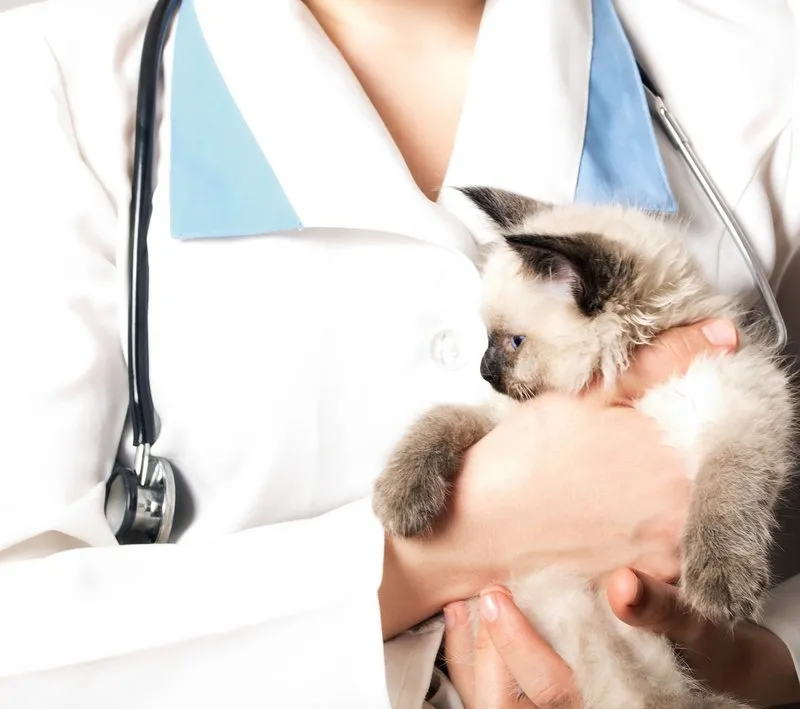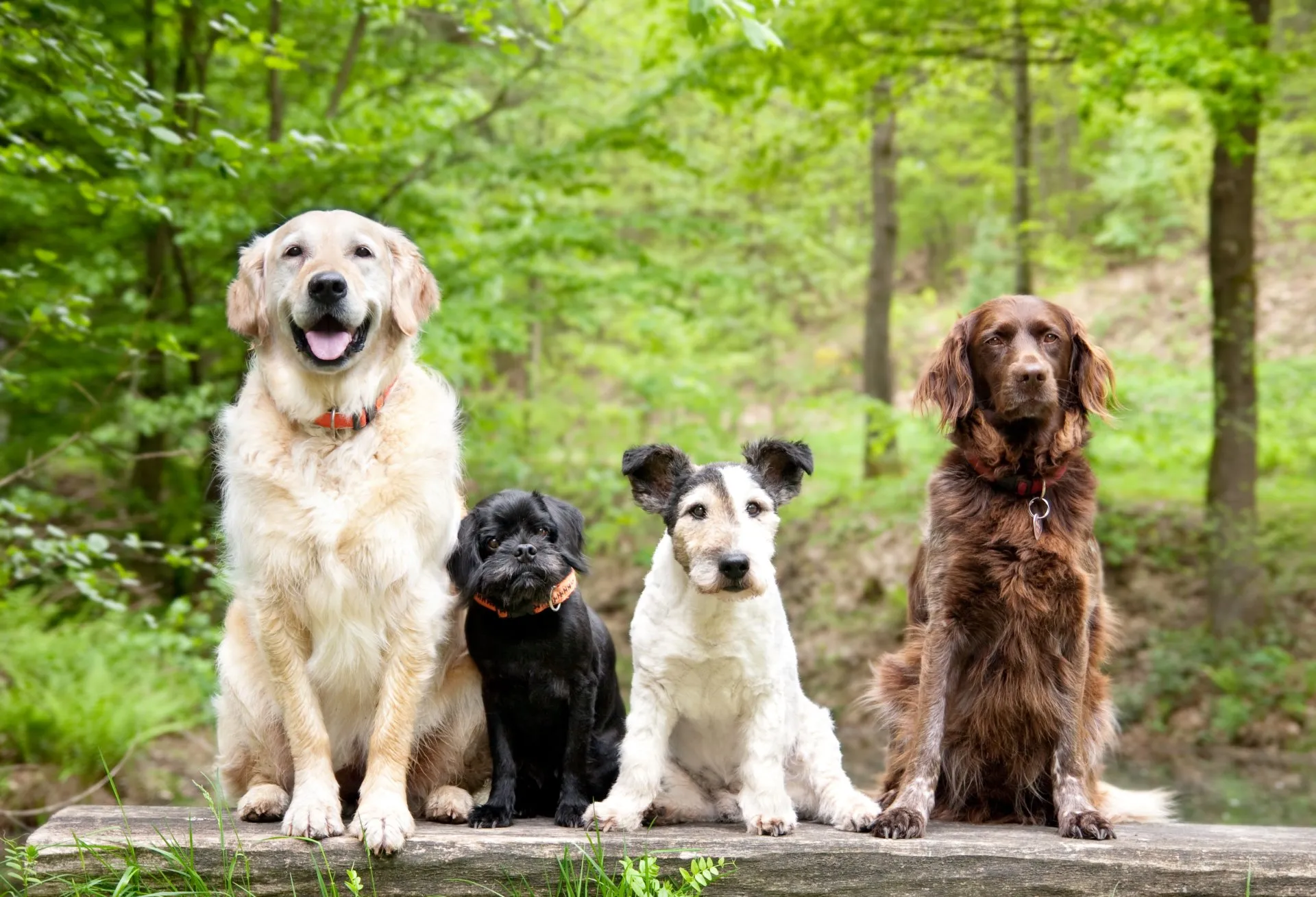Did you know that dogs, just like humans, can experience anxiety? Our canine buddies are incredibly emotional creatures, capable of experiencing fear, depression, loneliness, grief, and other emotions. Anxiety can be quite challenging for Fido, and can affect him both emotionally and physically. A West Greenwich, RI veterinarian offers valuable insights into the topic of doggy anxiety.
What Factors That Contribute To Anxiety In Dogs?
Anxiety in our canine companions can be triggered by a variety of things, rather than a single issue or event. Various factors, such as Fido’s attitude, background, living situation, and breed, may all play a role.
However, there are several common factors that can trigger anxiety in dogs.
These are some of the key ones:
- Separation Anxiety
- Past traumatic experiences
- Illness/Pain
- Schedule Disruptions
- Major Changes
- Conflicts With Other Pets
- Genetics
- Insufficient Social Interaction
- Moves
- Phobias
- Decrease in Cognitive Function (Often age-related)
- Environmental irritants (such as black fly bites)
Let’s take a closer look at some of the main causes.
Major Changes: Like humans, dogs tend to develop habits. Dogs, like humans, are happiest when they feel safe and secure. Fido may feel anxious and unsettled when placed in an unfamiliar environment or circumstance. Our furry friends can become quite distressed by significant changes in their daily doggy routines. Other examples of major changes that distress pets include moving, getting a new roommate, experiencing the loss of a loved one, and adapting to a new owner.
Lack Of Proper Socialization: Another common issue in anxious dogs is a lack of socialization. It is crucial to start socializing dogs at a young age. It’s important for young Fido to experience different environments and meet new people while he’s still a puppy. These things should bring him happiness, not fear. Those positive experiences will assist him in developing an open mind and a positive mindset on the world, so he grows up to be friendly and cheerful. Dogs that were not properly socialized are much more likely to show signs of anxiety or aggression as they grow older.
Fears: Did you know that dogs can actually develop phobias? Thunderstorm anxiety is a prime example. Many dogs get scared by loud noises, like fireworks. Another example would be a dog that has been confined to kennels on a regular basis developing fear and anxiety around crates. (Sadly, this is a common occurrence in pets who have suffered from abuse or neglect).
Health Concerns: Similar to humans, our furry friends can experience a range of illnesses and injuries. Anything that hampers Fido’s senses, movement, or nerve system can potentially lead to anxiety. Canine dementia, for instance, can lead to anxiety in older dogs.
What Exactly Is Separation Anxiety In Dogs?
Separation anxiety is a very common form of anxiety that dogs experience. Fido is instinctively disposed to function in a group. Dogs in the wild typically stick pretty close to their companions. Leaving your four-legged pal alone can cause him to feel unsettled. Of course, our furry friends struggle to communicate their feelings. This can lead them to find alternative ways to release their anxiety. If you come back to find that your furry buddy has caused a mess in your absence, it’s highly likely that separation anxiety is the culprit.
Separation anxiety can affect any dog. However, it is particularly prevalent in rescue dogs and pups that have been rehomed.
How Can You Identify Anxiety Symptoms in Dogs?
Fido is not able to communicate his emotions verbally, but there are some clues to watch for. These can vary depending on Fido’s stress level and the cause of his distress. For instance, if your canine buddy is scared of something, like a loud noise, they might tremble, tuck their tail, seek shelter, or attempt to escape the situation. One of the reasons why lost pet reports tend to increase around the Fourth of July is because many dogs become frightened by the loud noises and chaos caused by fireworks, and then instinctively try to escape. Dogs with separation anxiety may exhibit destructive behaviors like digging and chewing when left alone.
Occasionally, anxiety in dogs can manifest as aggressive behavior.
If you suspect that your furry companion may be experiencing anxiety or if you have observed any of these symptoms in your dog, contact your West Greenwich, RI veterinarian right away.
Do Certain Breeds Display Higher Levels of Anxiety?
Although anxiety can impact any one of our canine buddies, certain breeds do seem to be more susceptible to experiencing it. The roster includes the following adorable puppies:
- Cavalier King Charles Spaniel
- Basset Hound
- Dachshund
- Greyhound
- Mini Schnauzer
- Shetland Sheepdog
- Yorkshire Terrier
- Bichon Frise
- Toy Poodle
- Labrador Retriever
- Cocker Spaniel
- German Shorthaired Pointer
- Vizsla
- Chihuahua
- German Shepherd
- Australian Shepherd
- Border Collie
- Jack Russell Terrier
As mentioned before, dogs that have experienced abuse, neglect, or have been rehomed are particularly vulnerable, as well as those with certain medical conditions like dementia. For more details, get in touch with your veterinarian as soon as possible.
What Can I Do To Help My Dog Manage His Anxiety?
Luckily, there are a number of things you can do to help your canine friend deal with his stress better.
First and foremost, reach out to your veterinarian. If there is an undiscovered medical issue, it is crucial to address it promptly. Some puppies may need behavioral training. Medicine can be highly effective in certain situations. (Note: It is important to always consult your veterinarian before giving anything to your dog.)
In addition to traditional treatments, alternative therapies like veterinary acupuncture have shown promising results in managing canine anxiety for some dogs. Consult with your veterinarian to see if this might be a suitable option for your pet.
It’s important to make sure that your furry friend gets enough mental and physical activity. Taking Fido for walks and engaging in playtime will help him release his pent-up energy in a beneficial manner. This is also great for building strong connections. Establishing a regular schedule for your canine’s walks and playtime can also help Fido gain a sense of stability. It’s also important to make sure your furry pal has plenty of fun toys to play with.
If your four-legged pal experiences separation anxiety, you might want to consider getting them a companion. This will depend on the personality of your animal friend, of course. Take some time to think about this before moving forward. Ensuring a harmonious match is crucial: if Fido isn’t fond of his new companion, it could make him even more anxious.
Products designed to promote relaxation, such as soothing shirts, suitable chews, cozy mattresses, and engaging toys, can also be beneficial.
It’s also important to know what not to do. Avoid punishing your dog when it shows signs of nervousness or anxiety. Fido doesn’t fully grasp the concept of punishment; he’s simply trying to communicate and defend himself. Scolding him might worsen the situation and could even potentially instill even more fear in him. Rewarding good behavior would be your most effective approach. And while it’s fine to comfort your pooch if he is scared, you don’t want to go overboard and coddle him too much. Ask your West Greenwich, RI veterinarian or a pet behaviorist for specific advice.
Our Advice on Managing Canine Anxiety in 2024
How can owners differentiate between normal stress responses and clinical anxiety in dogs?
Differentiating between normal stress responses and clinical anxiety in dogs involves observing the frequency, duration, and intensity of symptoms. Normal stress responses are typically short-lived and occur in reaction to specific stimuli, such as loud noises or new environments. Clinical anxiety, however, is more persistent and can manifest without obvious triggers. Symptoms include excessive panting, drooling, destructive behaviors, and aggression. Dogs with clinical anxiety may also show signs of distress even in familiar, safe environments. Consulting a veterinarian is crucial for a proper diagnosis and to develop an appropriate treatment plan.
What role does genetics play in canine anxiety?
Genetics play a significant role in canine anxiety, as certain breeds are more predisposed to anxiety-related behaviors. Breeds such as Cavalier King Charles Spaniels, Dachshunds, and German Shepherds often exhibit higher levels of anxiety. Genetic factors influence a dog’s temåperament, stress response, and susceptibility to anxiety disorders. Dogs with a family history of anxiety are more likely to experience similar issues. Additionally, inherited medical conditions, such as canine dementia, can contribute to anxiety. Understanding a dog’s genetic predisposition helps in creating effective management and treatment plans for anxiety.
How can owners create a ‘safe space’ for anxious dogs in their home?
Creating a “safe space” for anxious dogs involves setting up a quiet, comfortable area where the dog can retreat and feel secure. Use a crate or a designated room with familiar bedding and toys. Ensure the space is away from high-traffic areas and loud noises. Adding calming elements such as white noise machines, pheromone diffusers, or soothing music can help. Consistently encourage the dog to use this space during stressful events, such as thunderstorms or when guests visit. This safe haven helps reduce anxiety by providing a controlled, comforting environment.
Are there any specific dietary changes or supplements that can help manage canine anxiety?
Certain dietary changes and supplements can help manage canine anxiety. Foods rich in Omega-3 fatty acids, such as fish oil, can support brain health and reduce anxiety. Supplements like L-theanine, found in green tea, and L-tryptophan, an amino acid, are known to promote relaxation. Probiotics can also be beneficial, as gut health impacts overall mood and stress levels. Always consult a veterinarian before introducing new supplements or making significant dietary changes to ensure they are safe and appropriate for the dog’s specific needs and health conditions.
How can multi-dog households manage if one dog develops anxiety that affects the others?
In multi-dog households, managing anxiety in one dog requires careful attention to prevent it from affecting others. Separate the anxious dog to create a calm, safe space, reducing stress triggers. Provide individualized training and behavioral modification techniques to address the anxiety. Engage the other dogs in regular exercise and mental stimulation to maintain their well-being. Use pheromone diffusers and calming aids throughout the home to promote a peaceful environment. Consult a veterinarian for tailored advice and, if necessary, consider professional training or behaviorist support to address the anxiety effectively.
Make An Appointment At Our West Greenwich, RI Pet Clinic
Do you have any inquiries regarding your dog’s health or care? Feel free to reach out to us, your West Greenwich, RI animal hospital anytime! We are more than happy to help!




!Social Media Icons